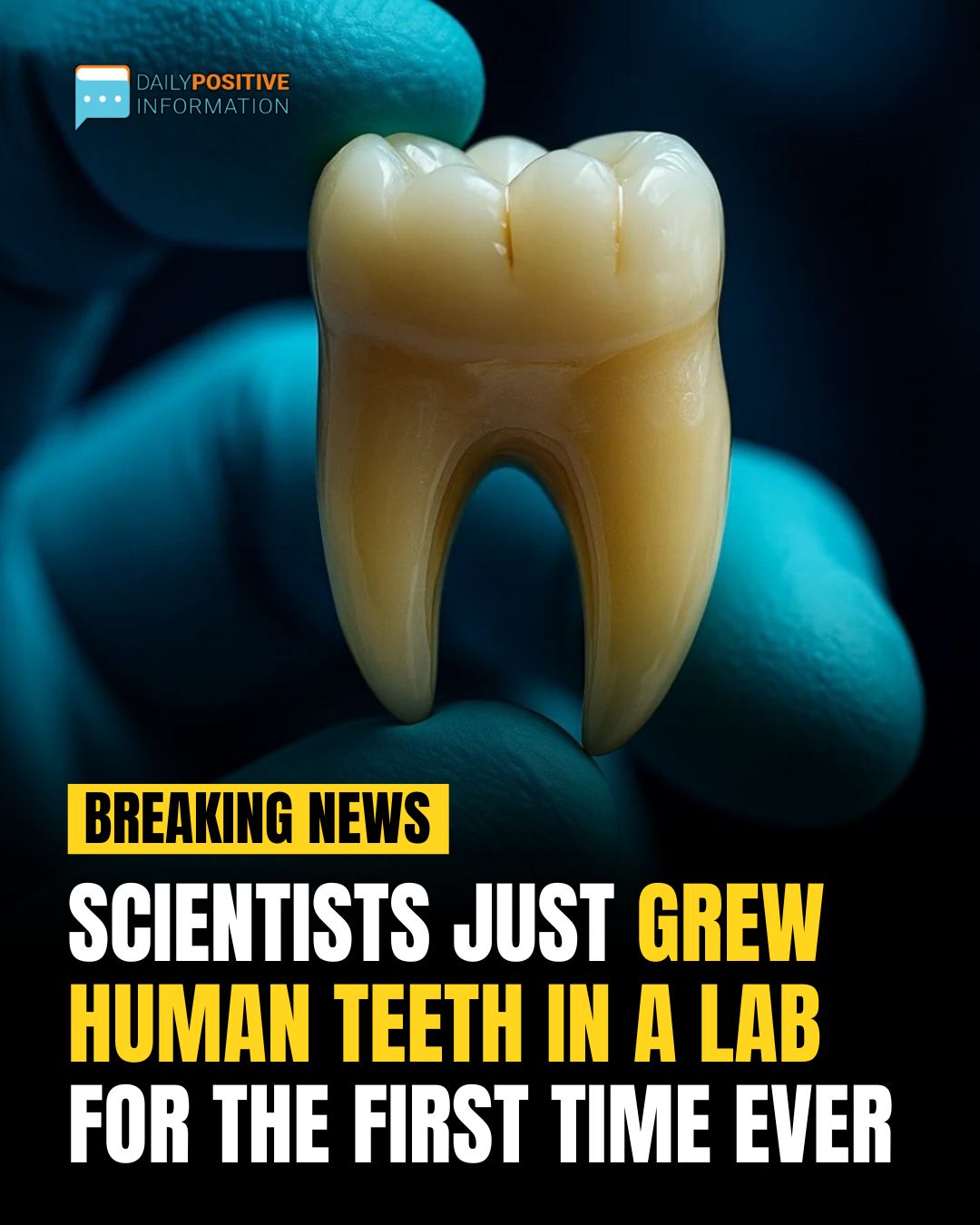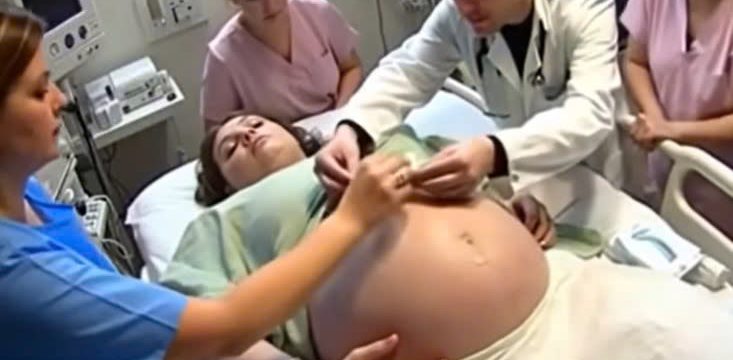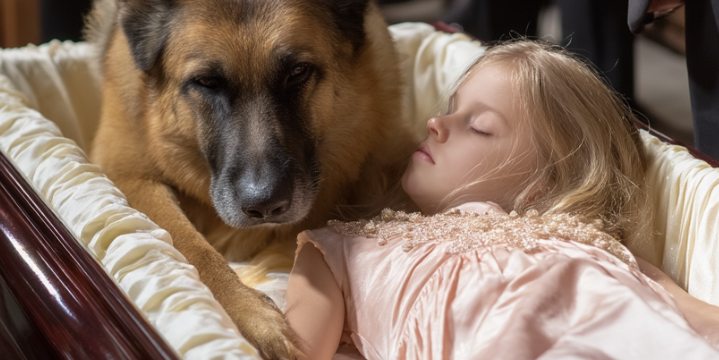In a remarkable leap forward for regenerative dentistry, scientists have successfully grown a fully formed human tooth in a laboratory for the first time. This groundbreaking achievement was made possible through a collaborative effort between researchers at King’s College London and Imperial College, who developed a specially designed material that mimics the natural environment needed for tooth formation.

By creating this ideal biological setting, they were able to initiate the early stages of tooth growth using human cells, a development that could one day allow patients to regrow their own teeth using their own biological material instead of relying on artificial implants or traditional dental restorations. This discovery has the potential to revolutionize the way we approach tooth loss caused by trauma, decay, or disease. Current dental treatments such as fillings, dentures, and implants come with their own set of complications. Fillings can weaken surrounding tooth structures and often need to be redone over time.
Implants, while effective, involve invasive surgery and may not fully replicate the natural function and feel of real teeth. Unlike these conventional solutions, lab-grown teeth would have the ability to develop, heal, and integrate with the body naturally, significantly improving long-term outcomes and minimizing the need for repeated procedures. The technique developed by the team at King’s College London involves bioengineered materials that replicate the beginning stages of natural tooth development. Dr. Ana Angelova Volponi, one of the study’s co-authors and director of the MSc program in Regenerative Dentistry at King’s College, explained that the team created a new environment using advanced materials that allow cells to communicate effectively, which is key to forming teeth “in a dish.”
She emphasized that integrating such advanced techniques into dental care could offer sustainable and effective options for tooth repair and regeneration. Another researcher, Xuechen Zhang, added that the environment they created is highly “tuneable,” meaning it can be precisely adjusted to encourage and support the tooth-making process. According to Zhang, this collaborative effort with Imperial College led to the creation of a material that mirrors the cellular environment inside the human body, known as the extracellular matrix. When cultured cells were introduced into this material, they began to communicate and signal each other just like in natural tooth development, a process that had not been achieved in earlier research due to the premature release of signals all at once rather than in a gradual, biologically accurate way.
Now that scientists have successfully replicated this environment and initiated the developmental process, the challenge lies in translating the laboratory success into clinical practice. Zhang shared that the team is exploring two different approaches for eventually introducing lab-grown teeth into patients’ mouths. One method would involve transplanting young tooth cells directly into the site of a missing tooth, allowing them to grow and mature in place. The other approach would be to grow a complete tooth in the lab and then implant it into the mouth. Both strategies require starting with the earliest stages of tooth development in the lab, and determining which is more viable will be the focus of upcoming trials. In a public statement, Zhang also highlighted the drawbacks of conventional dental treatments, noting that fillings are not ideal as they weaken the tooth structure over time and can lead to decay or sensitivity. Implants, on the other hand, require a strong connection between the implant and the jawbone, and even then, they remain artificial replacements that do not fully restore the natural function of teeth, often resulting in long-term issues. Looking ahead, researchers plan to test both delivery methods in preclinical models to determine which is safer, more reliable, and better suited for integration into standard dental care. If these trials prove successful, patients could eventually receive personalized teeth grown from their own cells, minimizing the risk of rejection and offering a more natural and regenerative solution to tooth loss, potentially changing the future of dental care as we know it.





